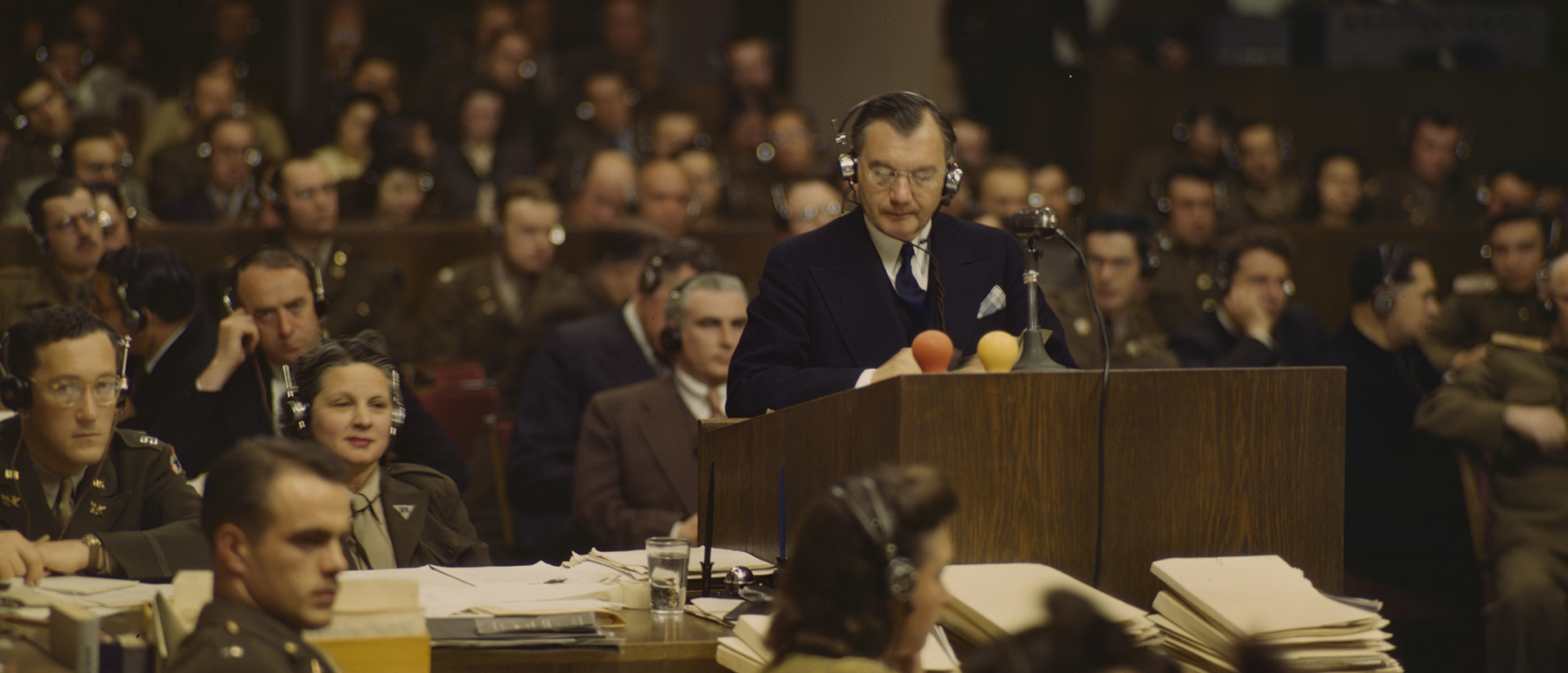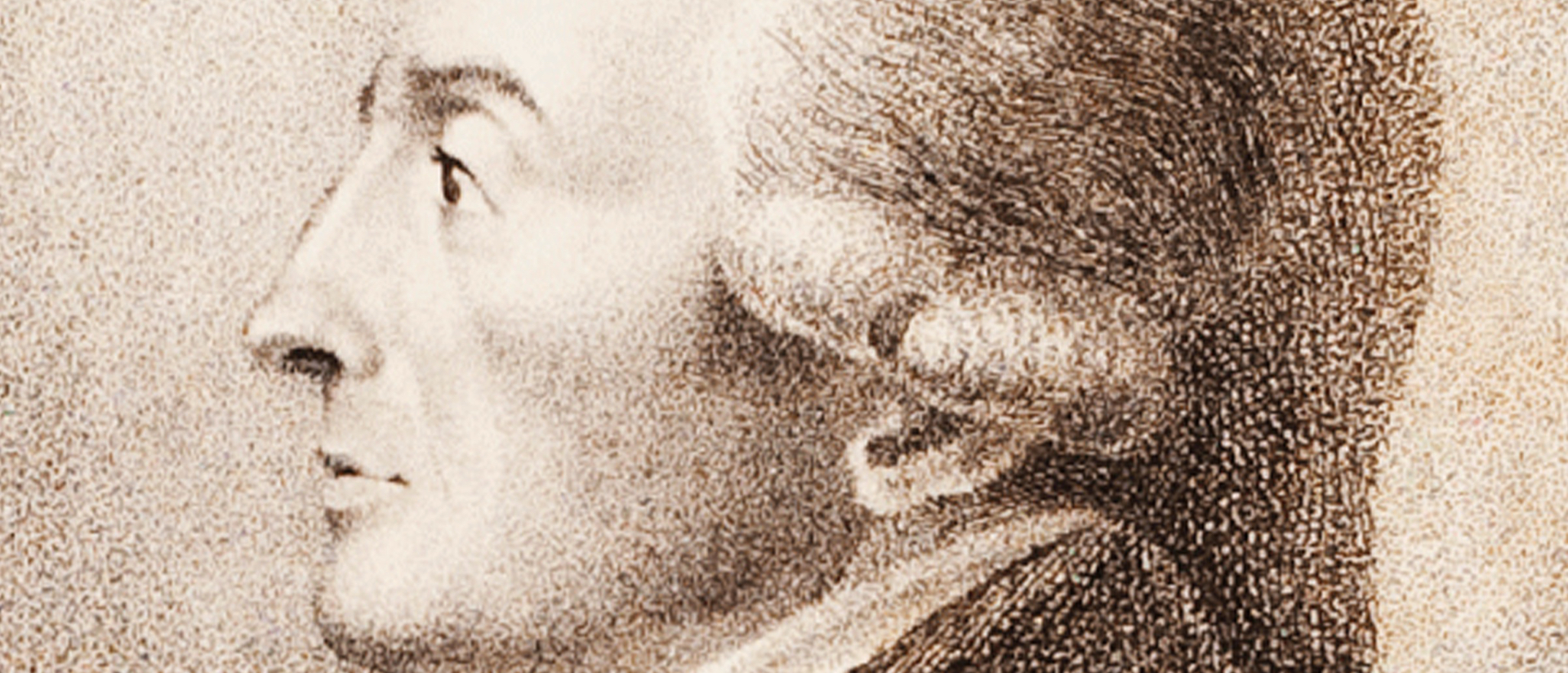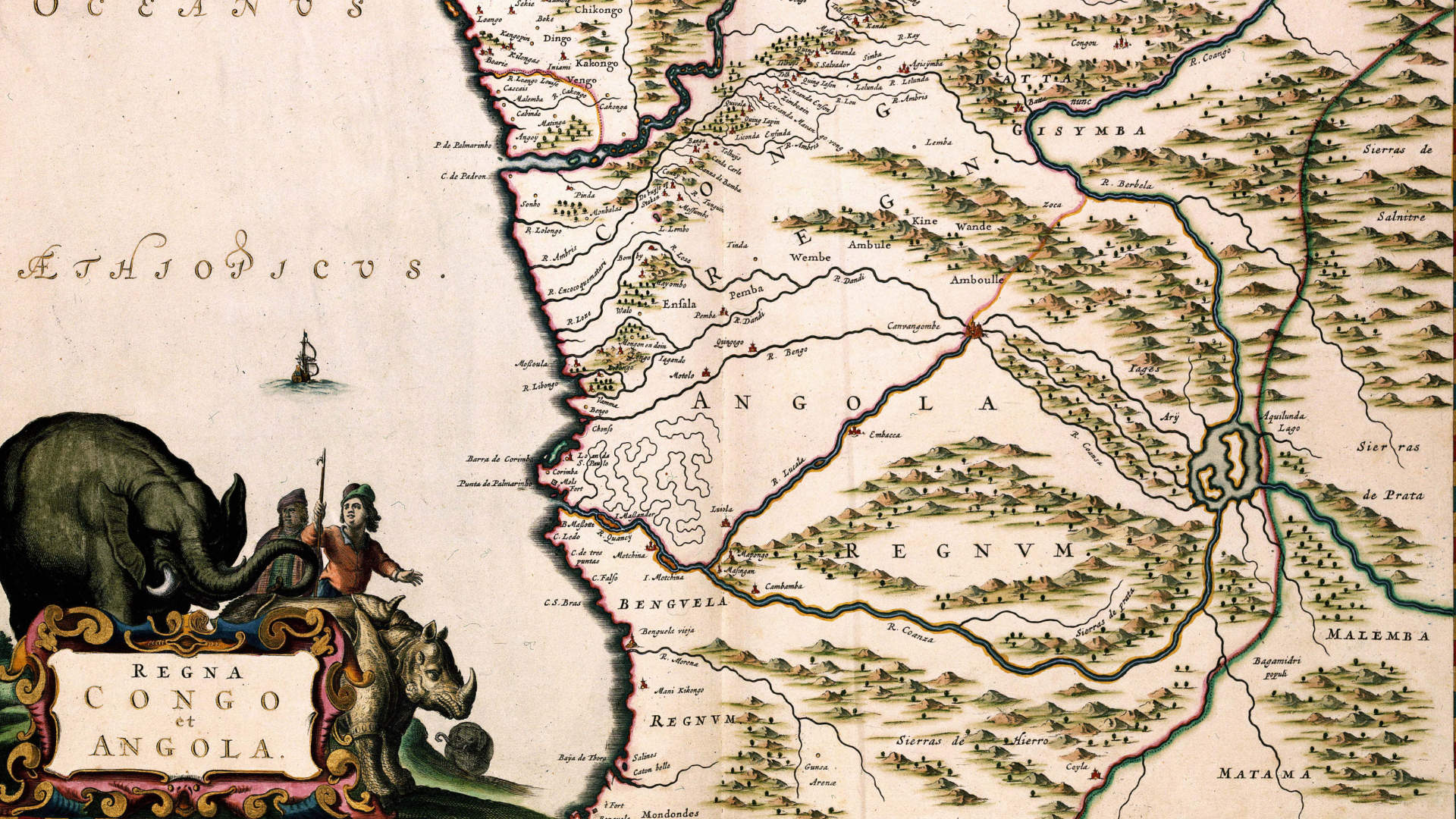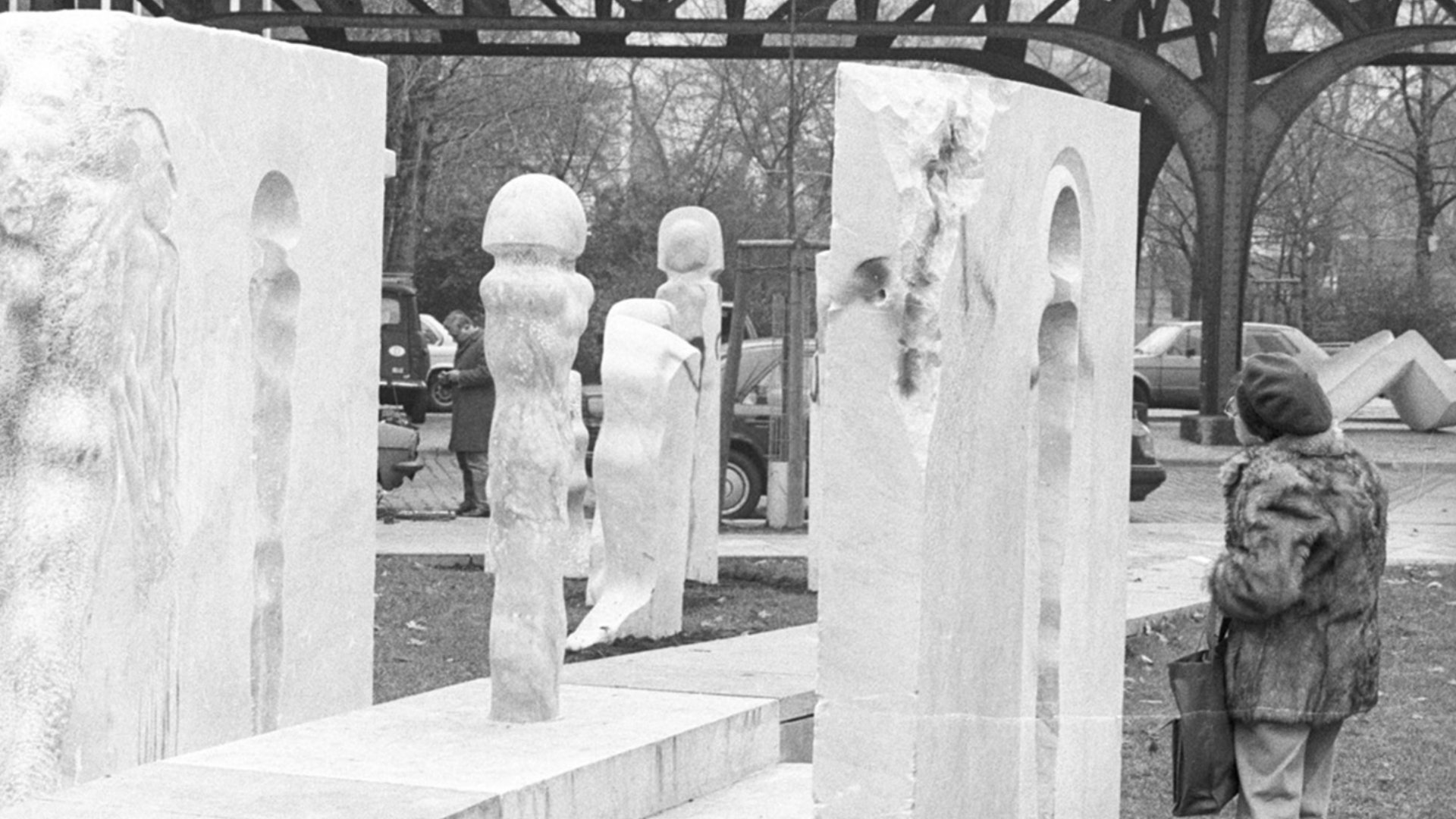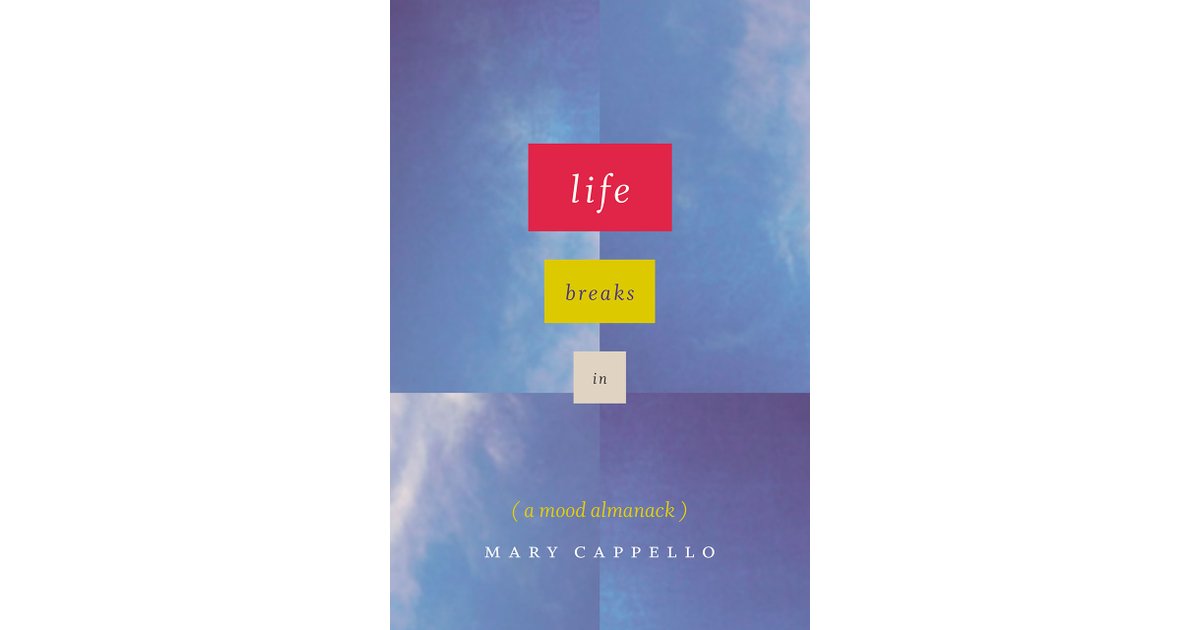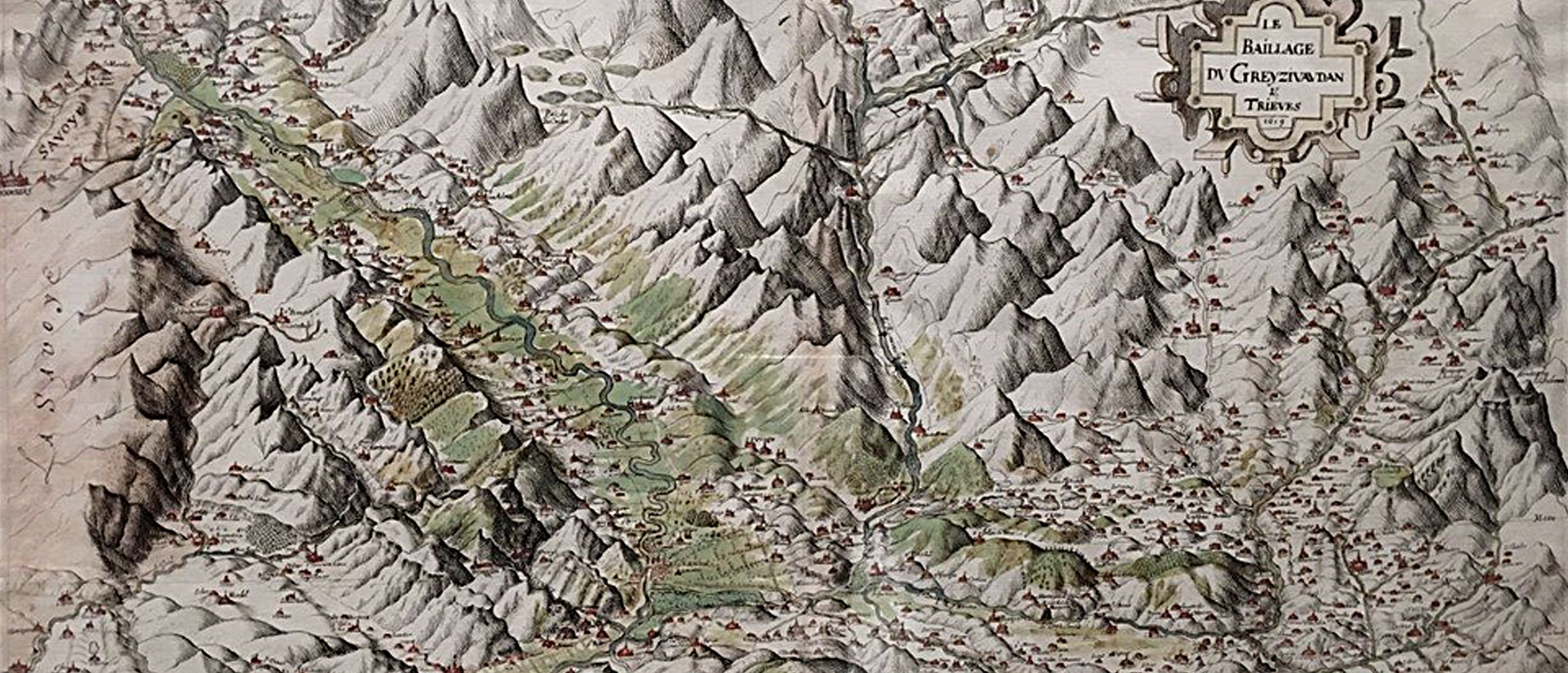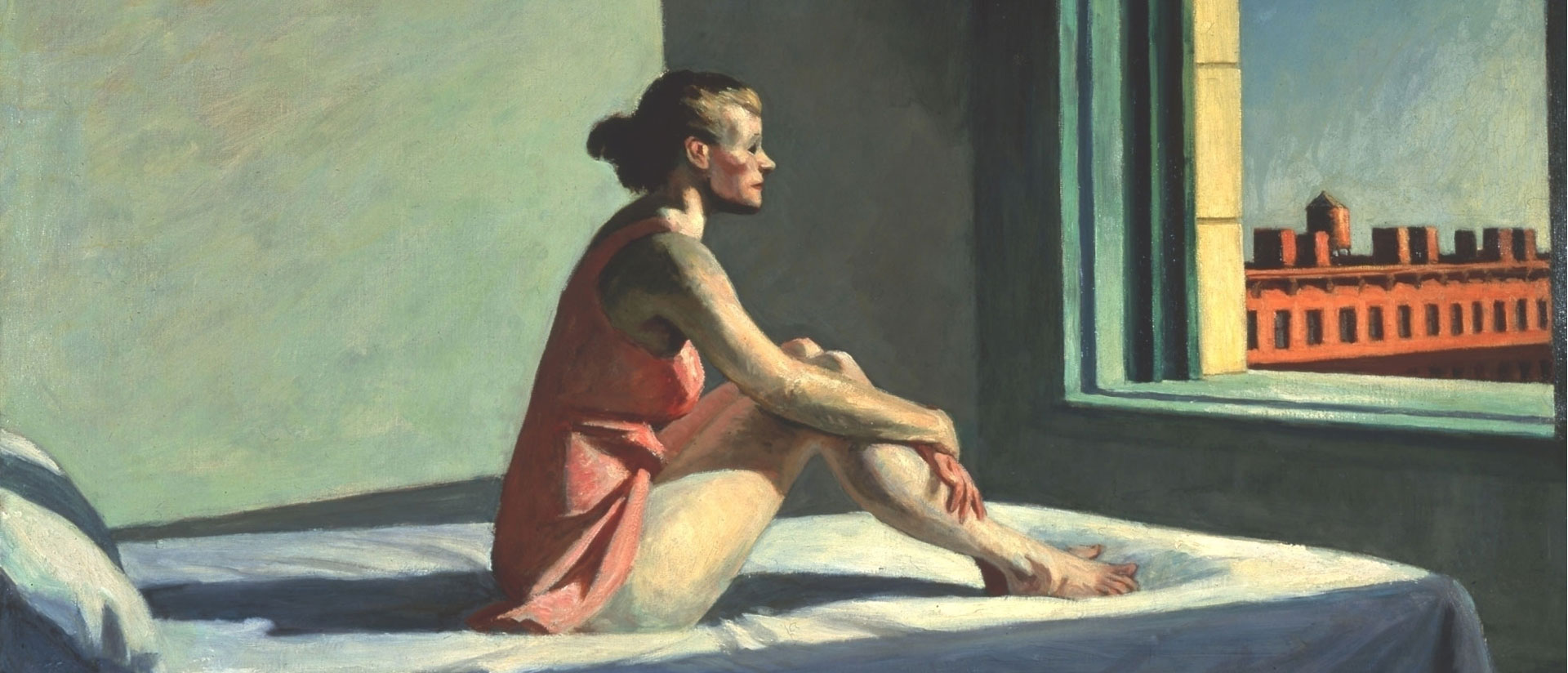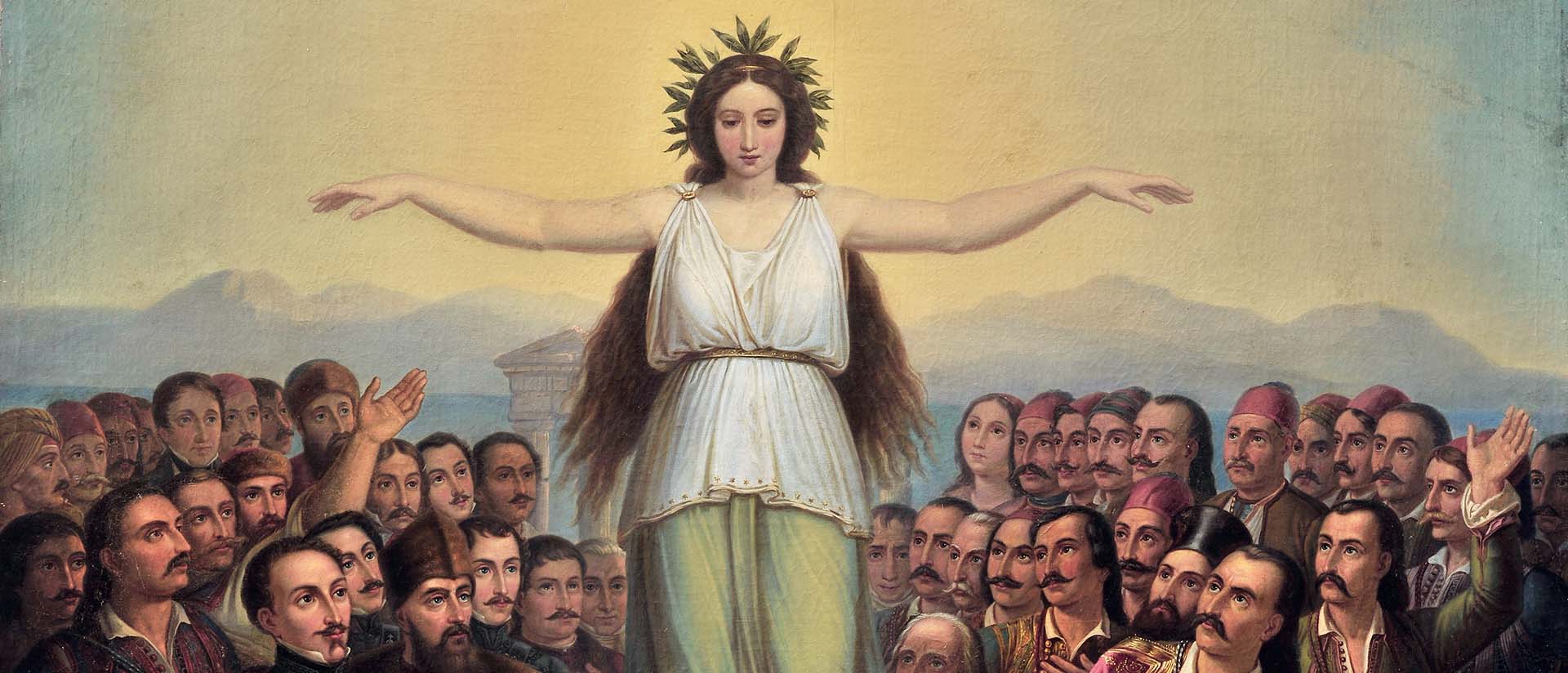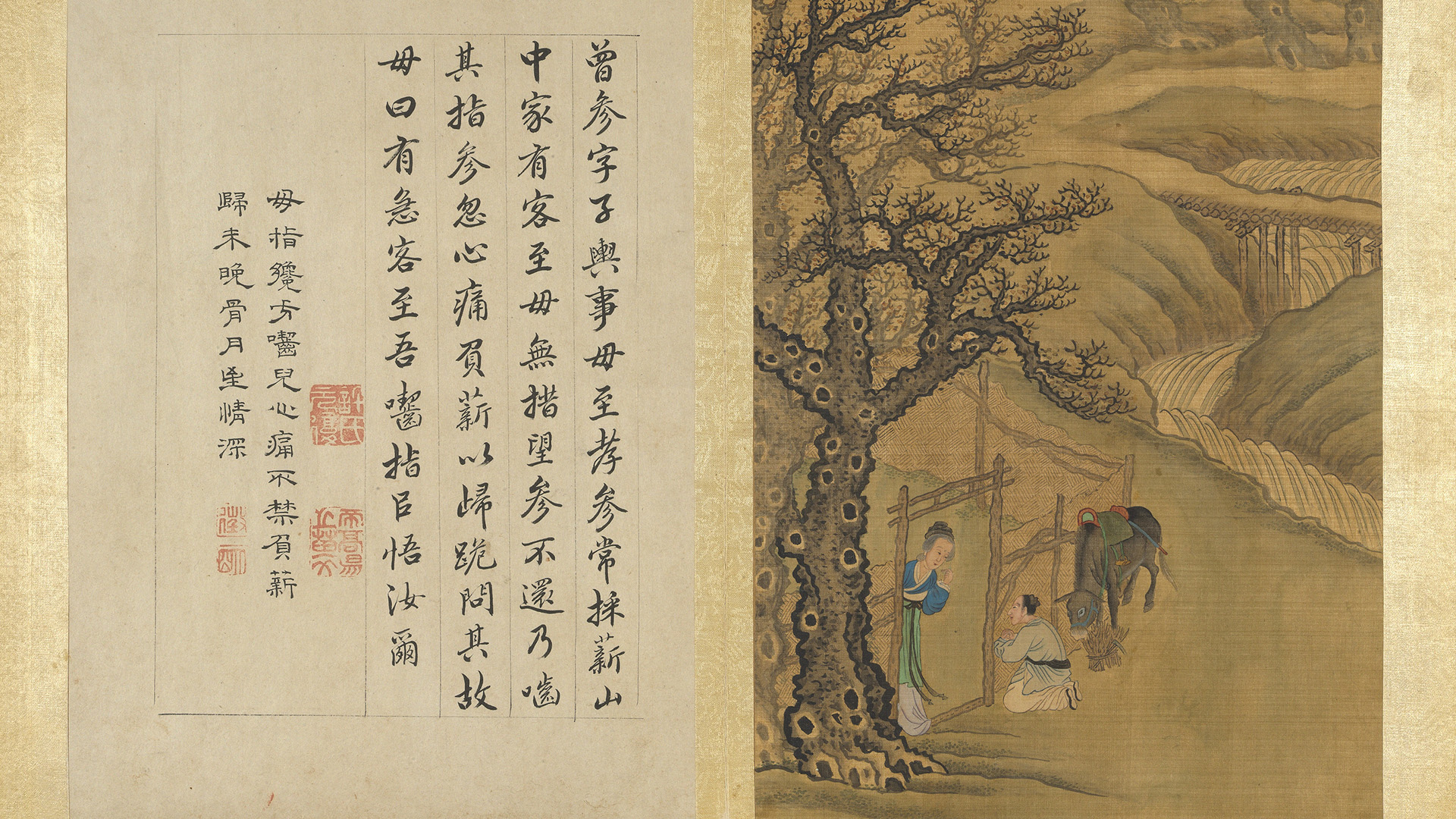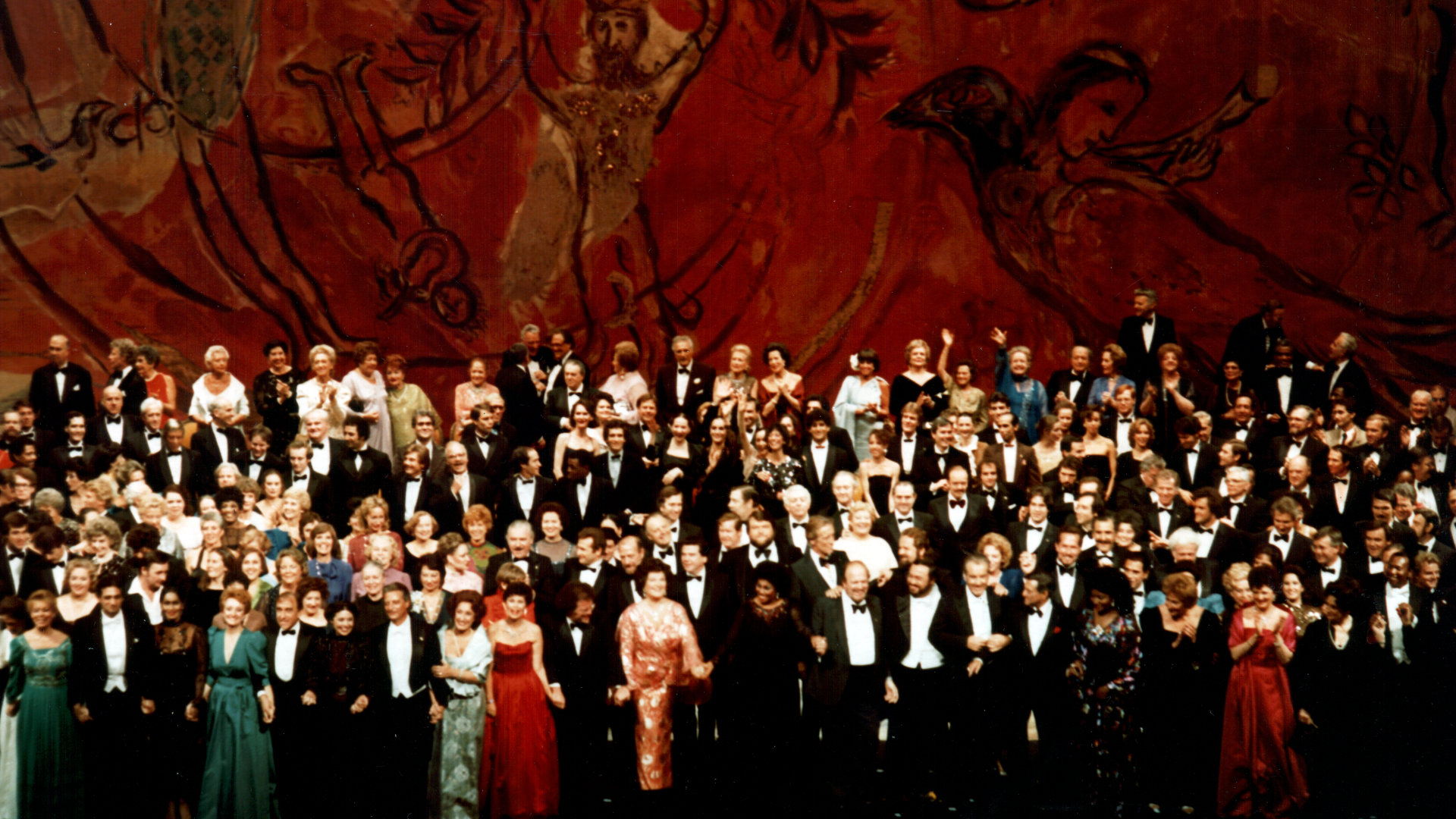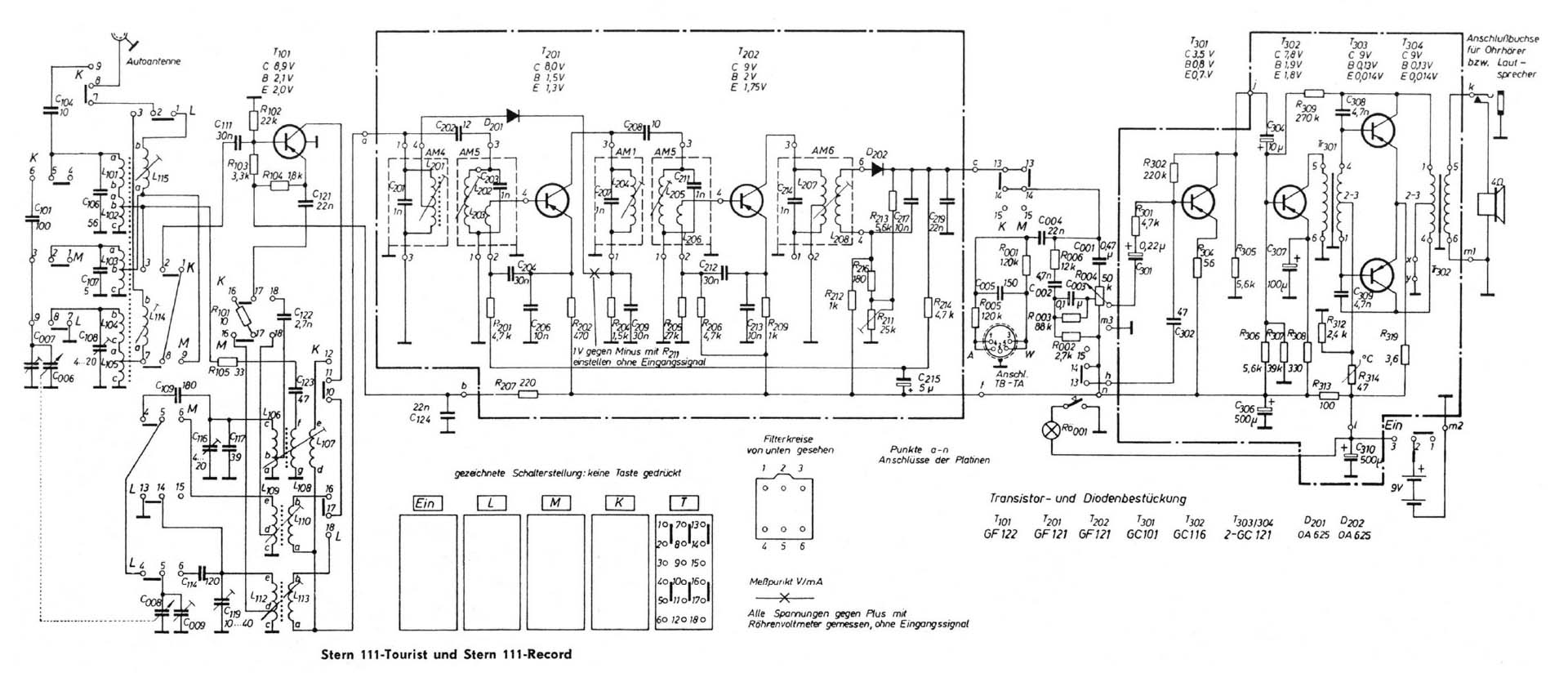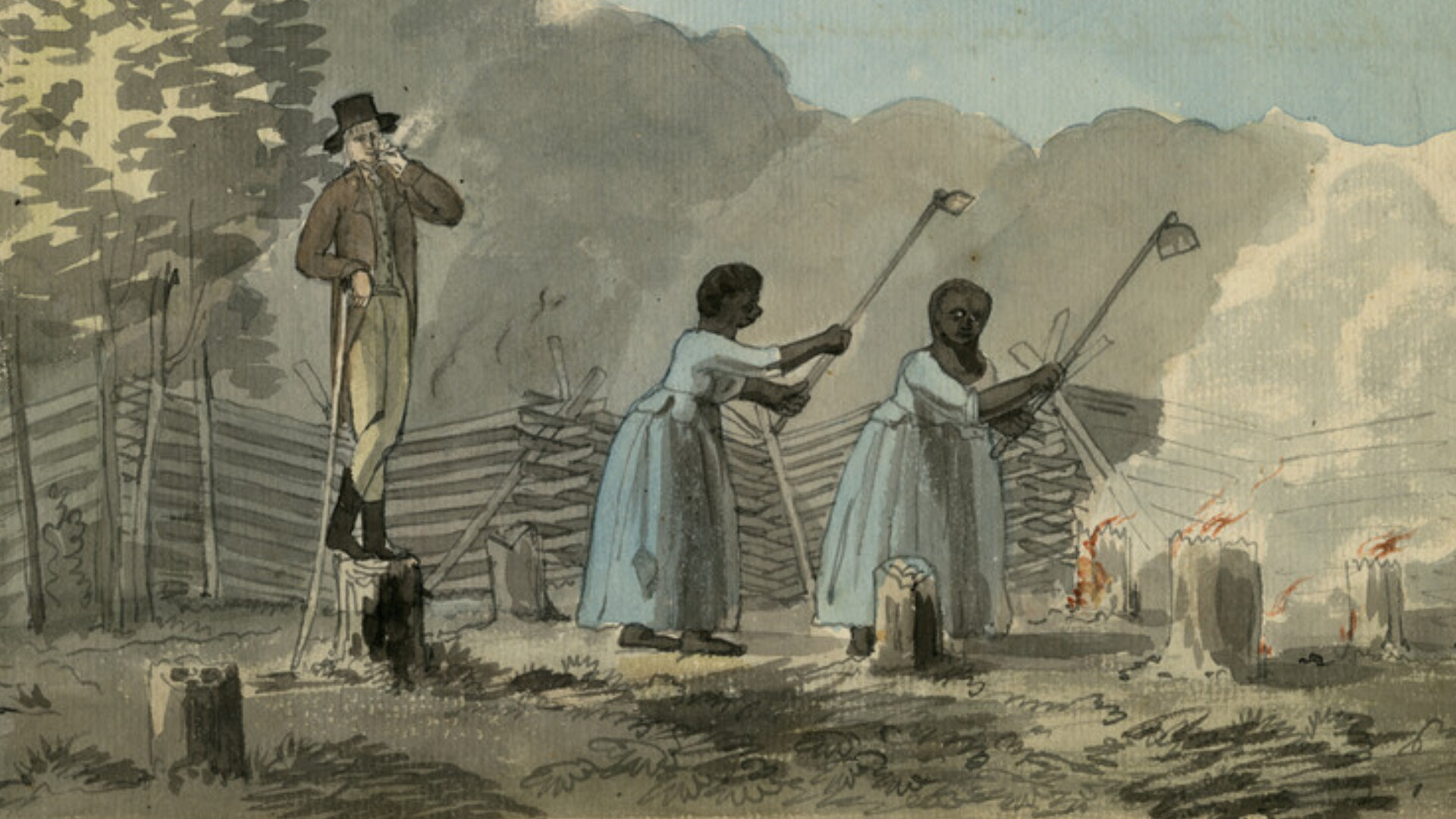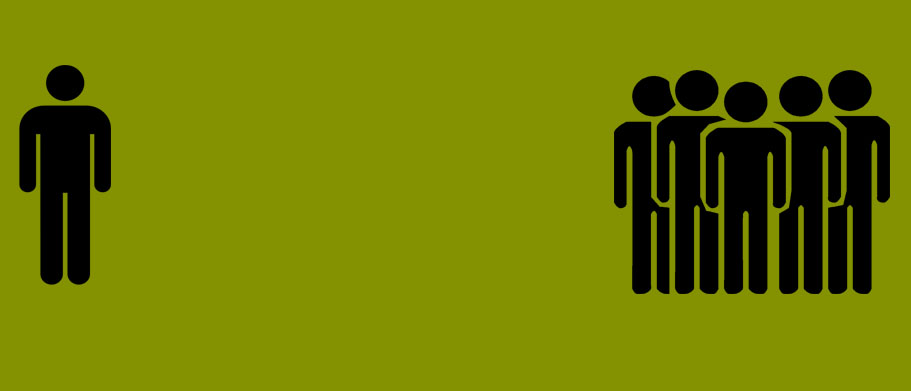
“They, the People”
Overlooking the populist complaint
By Dilip Gaonkar
First, it has been called a parasite: it feeds on its host, democracy—especially liberal democracy, the normative default mode of being democratic today. The Italian political scientist Nadia Urbinati has described it as a pathology, a perversion that disfigures liberal democracy, a disease for which there is no cure. This is because it pays no heed to liberal constitutional values: the rule of law, separation of powers, and minority rights. It is impatient with liberal institutions and procedures; it prefers acclamation to deliberation. It is deeply suspicious of the representative system that engenders a gap between the elected and the electors, the governors and the governed. It sees this gap as the mechanism that corrupts the ruling elite, the power elite, and makes them indifferent towards the “common people” and the common good. It wants to bridge this gap with a transformative leader who would embody the will of the people, the “real people.” It longs for the unity of one people, of the sons and daughters of the soil. Hence, its rhetoric is moralistic, exclusionary, and anti-pluralist.
Second, it has been cast as a shadow (by political theorist Margaret Canovan) that accompanies democracy; more ominously, as a specter (by political theorist Benjamin Arditi) that haunts it; or, as a pharmakon— the poison/drug that both debilitates and cures democracy when it strays from its promise to serve the people in their three constitutive avatars—the sovereign, the common, the national. Political scientist Paul Taggart has described it as a chameleon, adept at taking on the shape and colors of the national–cultural context in which it manifests. It is so historically mutable and culturally variable, it is said to have an unresolved Cinderella complex (Isaiah Berlin)—a shoe in search of foot to fit. It is an empty shell (Yves Mény and Yves Surel), filled with shifting social content and volatile public passions dictated by a given political conjuncture. It is a “thin-centered ideology” (Cas Mudde and Cristóbal Kaltwasser) with a single core conceit: “the people,” whose referent remains elusive, an empty signifier (Claude Lefort).
Finally, it is the political, not “politics as usual.” It is counter-hegemonic and remains anti-institutional even when it partakes in electoral politics and aspires to seize the state. It begins with a “demand” in the name of the people against a “wrong” festering within the body politic (Ernesto Laclau). It is not directional; it is not cumulative. It has no grand narratives. It comes and goes but never fully disappears. It is agonistic. It is politics understood as rhetoric. It is politics imagined as a sensuous, performative aesthetics that makes the “missing people” visible, the “silent people” audible (Jacques Rancière). It is an unwieldy repertoire of democratic forms, styles, rituals, and practices to hail and to constitute the people defiantly in the face of the paradox of self-authorization (Jason Frank), the paradox of constitution making (Carl Schmitt), the paradox of the peoplehood as such.
Such are the mystifying formulations and characterizations of populism, especially of the resurgent “new populisms,” offered by some of the leading political theorists of our time. Alas, despite their variety, all of these orientations tend to understate a major concern: the social question—the actual widening wealth and income inequality between the elites and the masses, especially those whom imagine themselves to be the hardworking and patriotic middle-class. And who might they be? For, unlike liberals, socialists, or conservatives, populists today rarely self-identify as “populists.” Hence, “populism” and “populists” are designations bequeathed by their political opponents, liberal critics, sociological analysts, and historical interpreters. The below adumbrates some of the durable tenets and origins of these “new populisms,” and what its critics neglect.
For, unlike liberals, socialists, or conservatives, populists today rarely self-identify as “populists.” Hence, “populism” and “populists” are designations bequeathed by their political opponents, liberal critics, sociological analysts, and historical interpreters.
Since populism is said to be chameleon-like, the critical discourses that analyze populist movements tend to be highly situated. Currently, one speaks of “new populisms” rather than populisms as such, even though such preoccupation with the latest sightings of the populist specter narrows our historical understanding. The newest manifestations are obviously Brexit and the 2016 US Presidential election campaigns of Donald Trump and Bernie Sanders. But the temporal frame of “new populisms” is, of course, somewhat wider. In Europe, especially in the economically advanced and democratically mature countries, anxieties about resurgent populisms have been palpable since the beginning of this millennium. There is an extensive scholarly literature on movements mobilized by ultra-right ethno-nationalist groups and parties that pivot on opposing market globalization driven by new technologies, financialization, and liberal immigration policies, movements led by figures like Jean-Marie Le Pen and his daughter, Marine (of FN), in France; the late Pim Fortuyn (of now-defunct PFL), in the Netherlands; the late Jörg Haider (of FPÖ), in Austria; and Nigel Farage (of UKiP), of the Brexit campaign. The list can be extended to include anti-globalization and anti-austerity protest movements from the Left, such as those initiated by the Indignados, in Spain, which has given rise to a new political party, Podemos, partly led by Pablo Iglesias Turrión, and to the now-ruling Syriza party in Greece, led by Alexis Tsipras. There are also assorted hybrid formations like Italy’s Five Star Movement started by Beppe Grillo, a comedian and blogger.
The shared temporal horizon for these new populisms, both from the Right and the Left, is the current phase of globalization and its discontents, popularly imagined as beginning with the fall of the Berlin Wall, in 1989. Their resurgence is directly linked to how globalization has transformed the political and cultural landscape in advanced democratic societies in Europe and the United States, and how it has made many people on the Right feel, to borrow a phrase from sociologist Arlie Hochschild, like “strangers in their own land,” while many others on the Left feel like a new class of “precariats,” spawned and ignored by the neoliberal gospel of global free-market and nation-centric governmentality.
The populist complaint has remained remarkably unchanged despite its varied historical manifestations. To begin with, the social question today, while rooted in growing economic inequality, has additional cultural, political, and affective ramifications. Declining income has been compounded by deeply felt status anxiety, especially among white men, which is often accompanied by racist, ethno-national, patriarchal, and hetero-normative rhetoric. Finally, there is a pervasive sense of powerlessness, the loss of political agency and citizen efficacy, for many living in complex Western societies dominated by high finance, smart technology, and expert knowledge. Anger and resentments are palpable. They are directed not only at minorities and immigrants who are allegedly “cutting the line” and “stealing the jobs,” but also at ruling elites, with their cosmopolitan tastes and technocratic mindset, and who seem indifferent to the plight of, to borrow Paul Taggart’s phrase, the “people of the heartland.”
The populist complaint has remained remarkably unchanged despite its varied historical manifestations.
Even though populism is said to be chameleon-like, rhetorically adept at adjusting to variable sets of sociohistorical exigencies, its ideational content can be simply stated with a few interlocking propositions. First, the invocation of the doctrine of popular sovereignty: people are the sole source of political authority and legitimacy in a democracy. The rationale for the existence of any polity, especially one democratically elected, is to serve the people as a whole by promoting the common good and collective welfare. Second, the current government and the ruling elites have failed over an extended period of time to discharge their duty. Instead, they have subverted the democratic system itself, including the constitution, to promote their own class interests, at the expense of the general public interest. Third, it is time to take the government back from the conniving elites and to restore the primacy of the people. The power of the elites, to the extent it is not eliminable, should be severely curbed and carefully monitored.
The populist complaint is thus decidedly anti-elite, even though most of its demagogic leaders come from the elites, as has been the case since the time of the Roman Tribunes. There are two complementary aspects to this anti-elitism: the generic and the sociohistorical. Generically, populists harbor an abiding suspicion that a representative democracy in a complex modern society has inexorable oligarchic tendencies. It serves the elites, protecting their privileges and property before attending to the needs and demands of the common people. Further, these oligarchic tendencies become acute and highly visible in periods of major socioeconomic transition and transformation, as is the case today under the long, unfolding shadow of capitalist globalization. Predictably, the new populists of every ilk and persuasion stand opposed to the globalization endorsed and promoted by the ruling elites. They dismiss pro-globalization arguments that promise enhanced prosperity via growth and enlarged freedom via mobility and accessibility as a self-serving hoax perpetrated by the elites. They don’t exactly deny that there has been massive worldwide growth in productivity and services. But, because the dividends from that growth have been distributed so unevenly, the populists don’t have to resort to their typical hyperbolic, some-times ugly, rhetoric to make their case against the self-aggrandizing elites.
Predictably, the new populists of every ilk and persuasion stand opposed to the globalization endorsed and promoted by the ruling elites. They dismiss pro-globalization arguments that promise enhanced prosperity via growth and enlarged freedom via mobility and accessibility as a self-serving hoax perpetrated by the elites.
In the last instance, the rationale for the populist complaint, how it is framed and reframed at a given time and place, rests on the intensity of the social question and how the elites are addressing or evading that question. Populism is a reliable and indispensable mechanism for curbing and regulating the power of the elites, a mechanism looked upon favorably by some classical Republican thinkers like Machiavelli and Jefferson. The latter famously said that the well-being of a republic depends on periodic revolutionary outbursts by the people to control the elites: “What country can preserve its liberties,” Jefferson wrote to William Stephens Smith, from Paris, in 1787, “if the rulers are not warned from time to time that their people preserve the spirit of resistance?”
No political theorist writing about the new populisms can avoid the social question. But, often enough, the focus of much contemporary analysis shifts from the sociohistorical contexts that spawn these movements to a critique of their rhetoric: what populists, especially their demagogic leaders, say and do. The shadow/specter thesis is intrigued with mapping the unresolvable tensions between the promise of popular sovereignty and the functioning of a representative system. The political-agonistic thesis takes the social question as its starting point, but quickly leaves it behind to theorize what it takes to be the “political,” the quintessential act of making people visible and audible, of which populism is a paradigmatic vehicle. In both cases, the social question—a thoroughgoing analysis of the underlying factors that give rise to populism—fades into the background, and the critic is held captive to the nasty oratory he is somehow satisfied to deconstruct as a disfiguration of the democratic endeavor. In so doing, the social question that initiates and propels populist movements on a recurrent basis is both acknowledged and ignored.
To be sure, the social question, whether conceived narrowly, in terms of widening social inequality, or broadly, in terms of the rapid unraveling of the existing order of social stratification, is very much at the forefront of macroeconomics, sociology and the social sciences generally. Thomas Picketty’s Capital in the Twenty-First Century (2013) unleashed a massive cross-disciplinary discussion of wealth and inequality in academia, which was quickly picked up and amplified in policy circles and in the public sphere—and, of course, all over social media. But such amplification can be reductive: the political slogan used during the Occupy movement, “We are the 99 percent,” gives a distorted picture of elite formations: they are far greater than one percent and their composition is much more varied.
Populism and the social question have had parallel careers since the near-universal acceptance of the doctrine of popular sovereignty, in the aftermath of the great late-eighteenth-century revolutions. Populist movements, whether as embryonic eruptions or as full-fledged political campaigns, rarely materialize in the absence of serious socioeconomic upheaval, resulting in unmistakable duress for a sizeable portion of the people. Lawrence Goodwyn’s masterful history of the agrarian revolt in the United States during 1880s and 1890s, The Populist Moment (1978), unequivocally establishes this causal link, which has been reiterated in many other historical and sociological studies of populisms of the past. What constitutes a state of socioeconomic duress might vary significantly across time and place, especially in contemporary affluent Western societies, which are witnessing a resurgence of populisms in their midsts.
Populist movements, whether as embryonic eruptions or as full-fledged political campaigns, rarely materialize in the absence of serious socioeconomic upheaval, resulting in unmistakable duress for a sizeable portion of the people.
Political theory cannot contribute much to our understanding of new populisms if it remains content to simply disclose and deconstruct what we already know about populism: its ideational thinness, its normative emptiness, and the variability of its social contents. Political theory must instead give an account of the structural tensions inherent in representative democracy, the inescapable tension between the elite and the masses—not simply in terms of disciplining the volatility of the latter with constitutional mechanisms (as proposed by James Madison in The Federalist Papers), but in curbing relentless encroachments by the former of what was once deemed common, an encroachment permitted by law, facilitated by governmentality, and encouraged by markets. In an age when elites have inured themselves to critique, often under the alibi of meritocracy, we are in urgent need of a theory of elite formations and their formidable powers.
Dilip Gaonkar is Professor in Rhetoric and Public Culture at Northwestern University, and a fall 2017 Bosch Fellow in Public Policy at the American Academy in Berlin. This article first appeared in the fall 2017 issue of the Berlin Journal.



